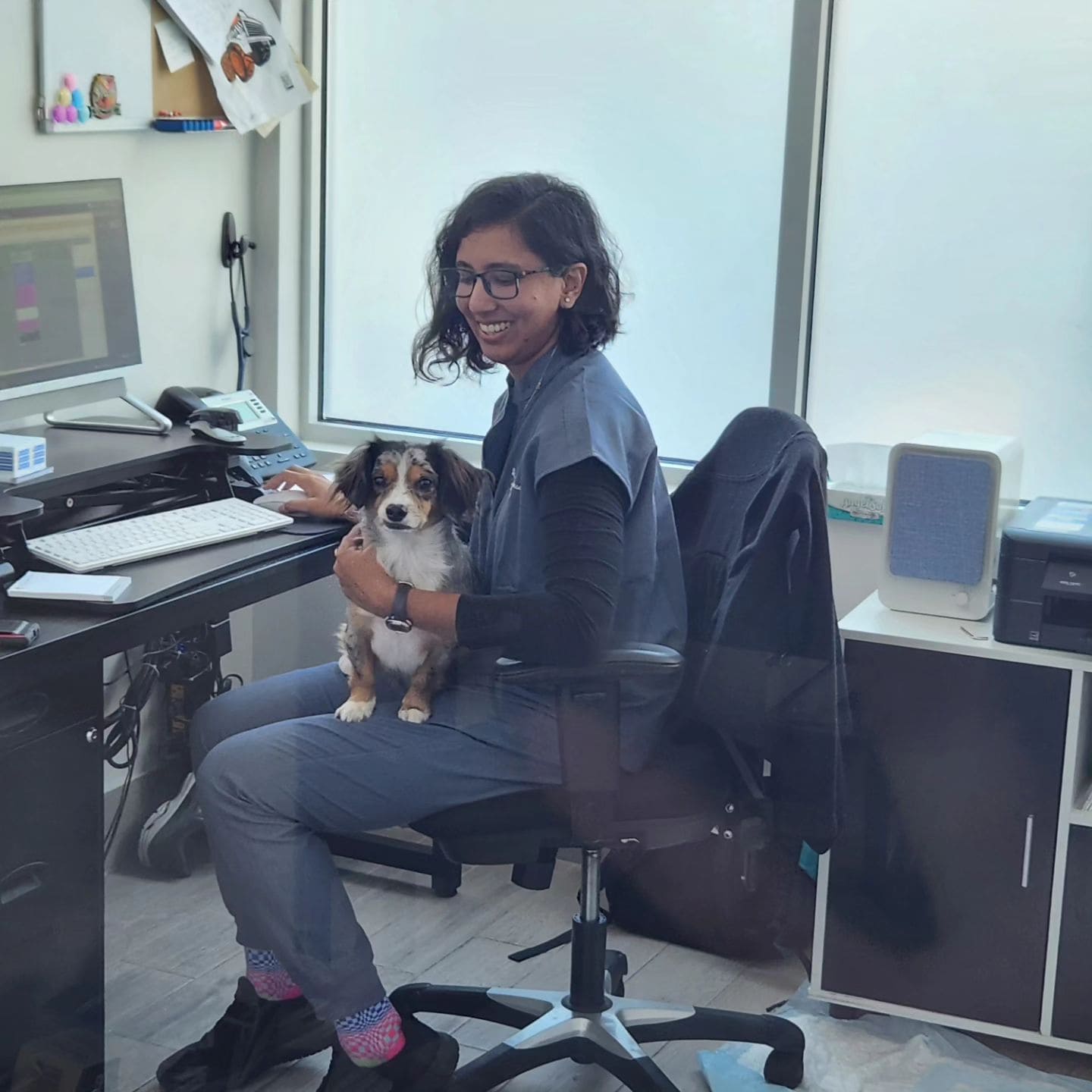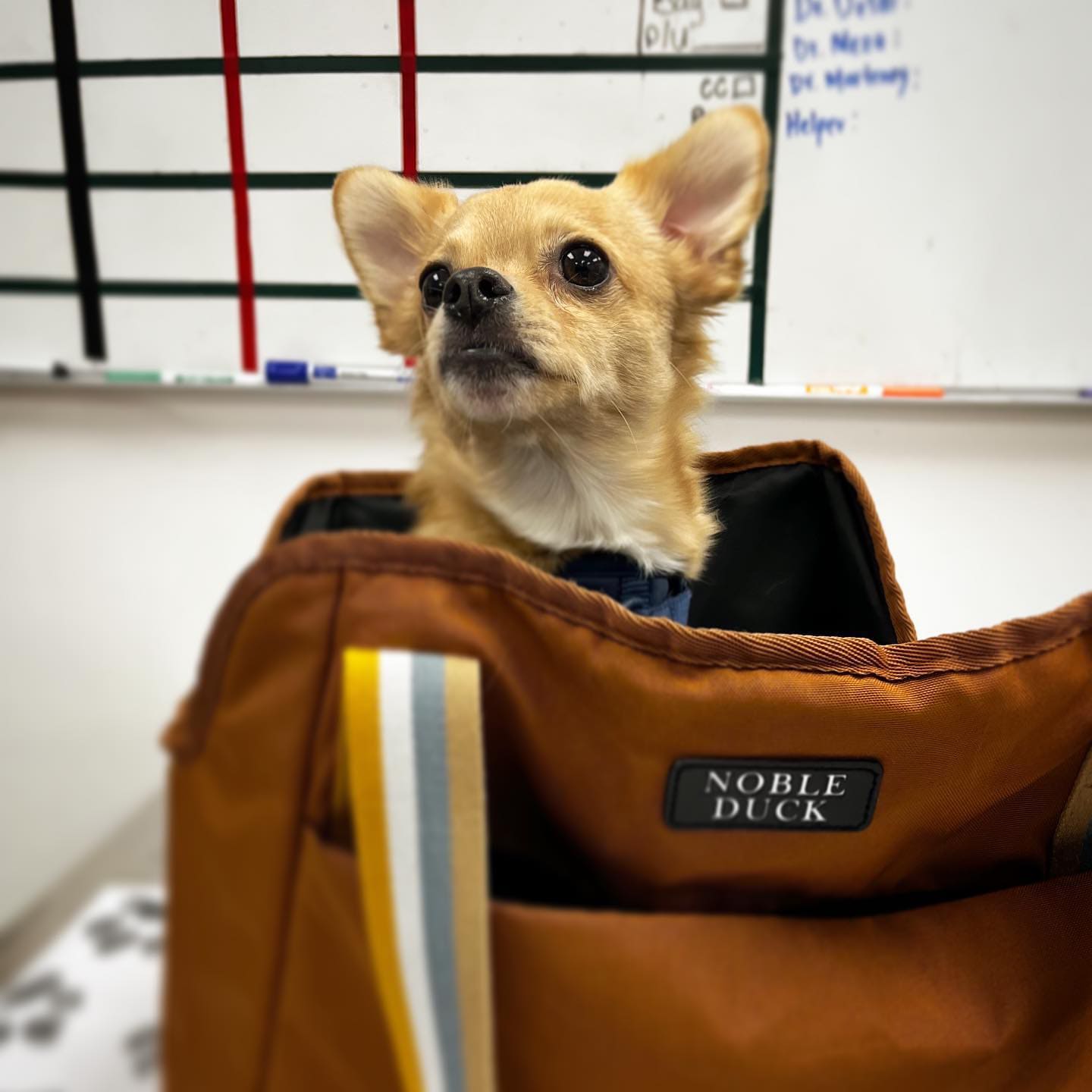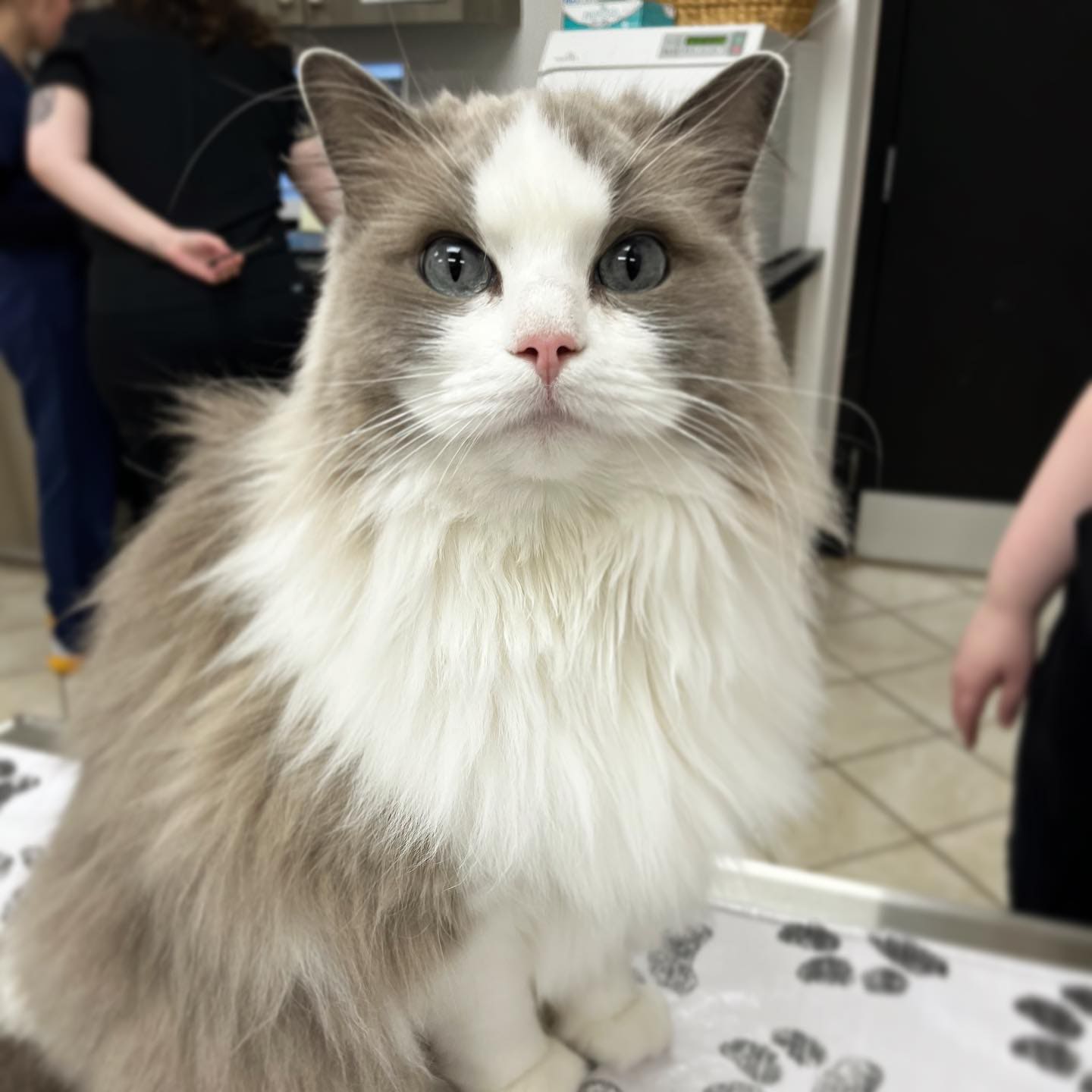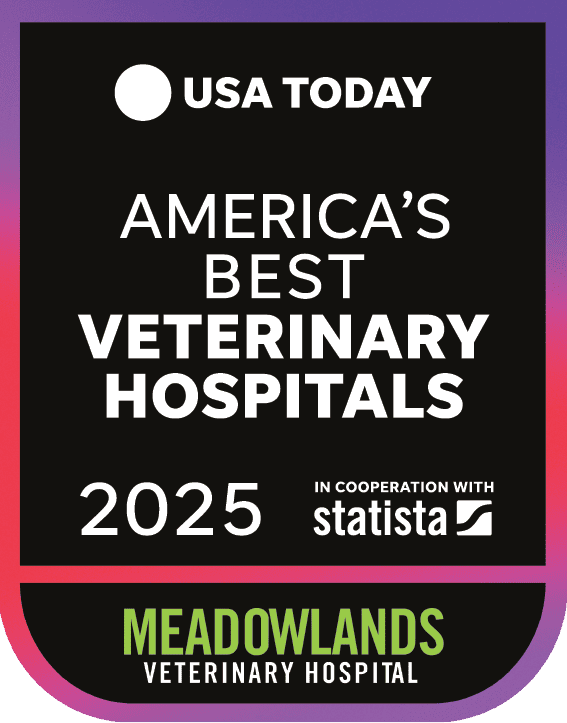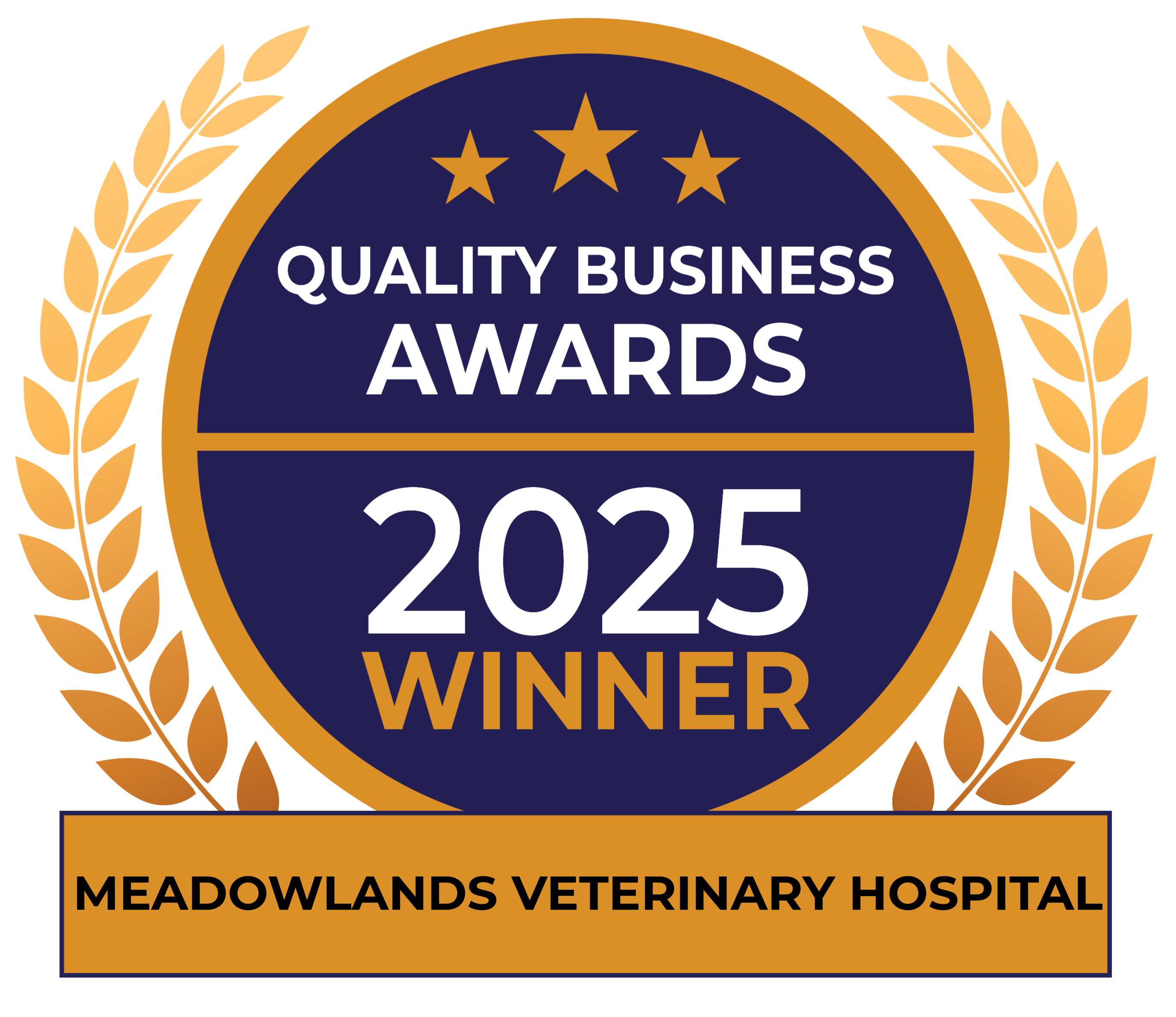Request Appointment
Improving Lives With Surgery
OUR SAFETY PROTOCOLS
We take every precaution to make sure your best furry friend has a smooth, uneventful surgery. Our safety protocols include:
- First, we’ll check your pet from nose to tail as well as run pre-anesthetic blood work to ensure they’re healthy and fit enough for the procedure.
- Once your pet is cleared, we’ll begin surgery prep which includes the administration of anesthesia and the placement of an IV catheter that supplies fluids for hydration and blood pressure regulation throughout the procedure.
- A dedicated surgical technician is by your pet’s side the entirety of their procedure and their recovery, monitoring their vitals with our high-tech monitoring equipment.
- To reduce your pet’s discomfort upon waking, they’ll receive pain medications throughout their surgery as well as afterwards. Pain is not only uncomfortable for our pets, but the stress of it can take a toll on their ability to heal, too. So we make pain management a top priority.


SURGERIES WE PERFORM
Common cat and dog surgeries our skilled vets perform include:
- Spays and neuters
- Foreign body removal
- Abdominal surgeries
- Basic eye surgeries (cherry eye, enucleation, etc.)
- Bladder stone removals
- Exploratory surgeries
- And more
For more complex procedures such as orthopedics, we rely on a traveling veterinary surgeon who visits our hospital for such procedures. Common orthopedics he performs include:
- Cranial cruciate ligament (CCL) repairs such as CORA-based Leveling Osteotomy (CBLO)
- Patella luxation repairs
- Fracture repairs
- Amputations
- Hip dysplasia repairs such as femoral head ostectomy (FHO)
- And more
Contact Us
Address
139 NJ-17 South
Hackensack, NJ 07601
Hackensack, NJ 07601






